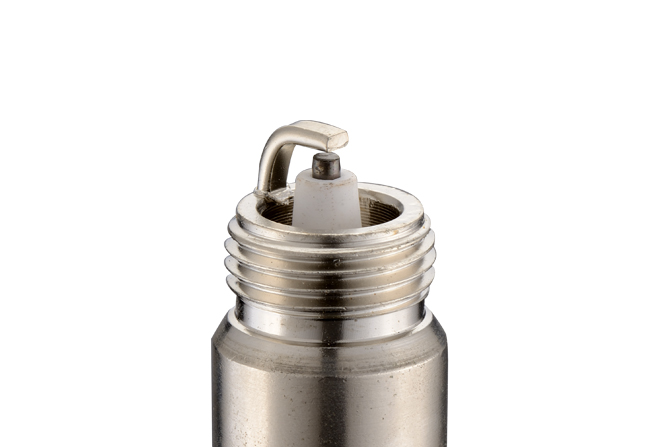The production process for Marine Spark Plugs begins with a machining operation. The spark plugs are then made by putting the insulator, or center electrode, on a long wire. The tip of the electrode is then hooked along the gap gauge. A high-quality marine spark plug should last for at least ten thousand miles. Alternatively, you can choose to have a shortened centre electrode that is less likely to cause a fire.
The arc is created by an electrical current that travels from the spark plug's centre electrode to the insulator. The resulting explosion ignites the air-fuel mixture and produces an explosive flame. The arc is caused by an arc of electricity that is formed between the two lead wires. The leads of the spark plugs do not touch; they are close enough to create a jump-gap.
There are differences between OEM and aftermarket parts. While they have the same base part number, they may have a slight difference. For example, if your boat has a Honda engine, OEM-marked Marine spark plugs are Honda's. They are available from the dealer. They have a non-corrosive marine grade coating. They can last up to three times longer than aftermarket parts. They also look very similar to NGK's.

If you're using the same type of spark plug on your boat, you'll probably want to change the insulator as well. While the two plugs have the same part numbers, the insulator may be slightly different. For example, the NGK Marine spark plugs are OEM-marked for Honda engines. These are Honda-specific, and you'll find them in red packaging. These spark plugs have a non-corrosive marine grade coating, which is important for the marine environment.
A spark plug can be hot or cold. The warmer one is made of less ceramic insulator. A cooler one has more ceramic insulator. Its tip is insulated. That way, it retains more heat. And while it's hotter, it will retain more. This is an important feature of marine spark plugs. However, it's not enough to buy any old plug. In order to make sure you get the possible performance, you should check the manufacturers of the products.
While spark plugs are used in many different applications, they are also made for marine engines. Unlike aftermarket components, marine spark plugs are manufactured for use in a single-use application. For example, a Honda Marine spark plug can be found in a red package with the manufacturer's name on it. If you're replacing the spark plug on your motorcycle, make sure it's an OEM-branded part.
Marine spark plugs have several important features. First, they have a spark gap that is located centrally in the ignition chamber. This improves air-fuel ignition. In addition, the spark plug has a insulator that can withstand up to 45,000 degrees. A spark plug has a refractory core made of ceramic that will not melt under high temperatures. A metal spark plug has a refractory insulator that is made of plastic, which will not be damaged by the heat of combustion.